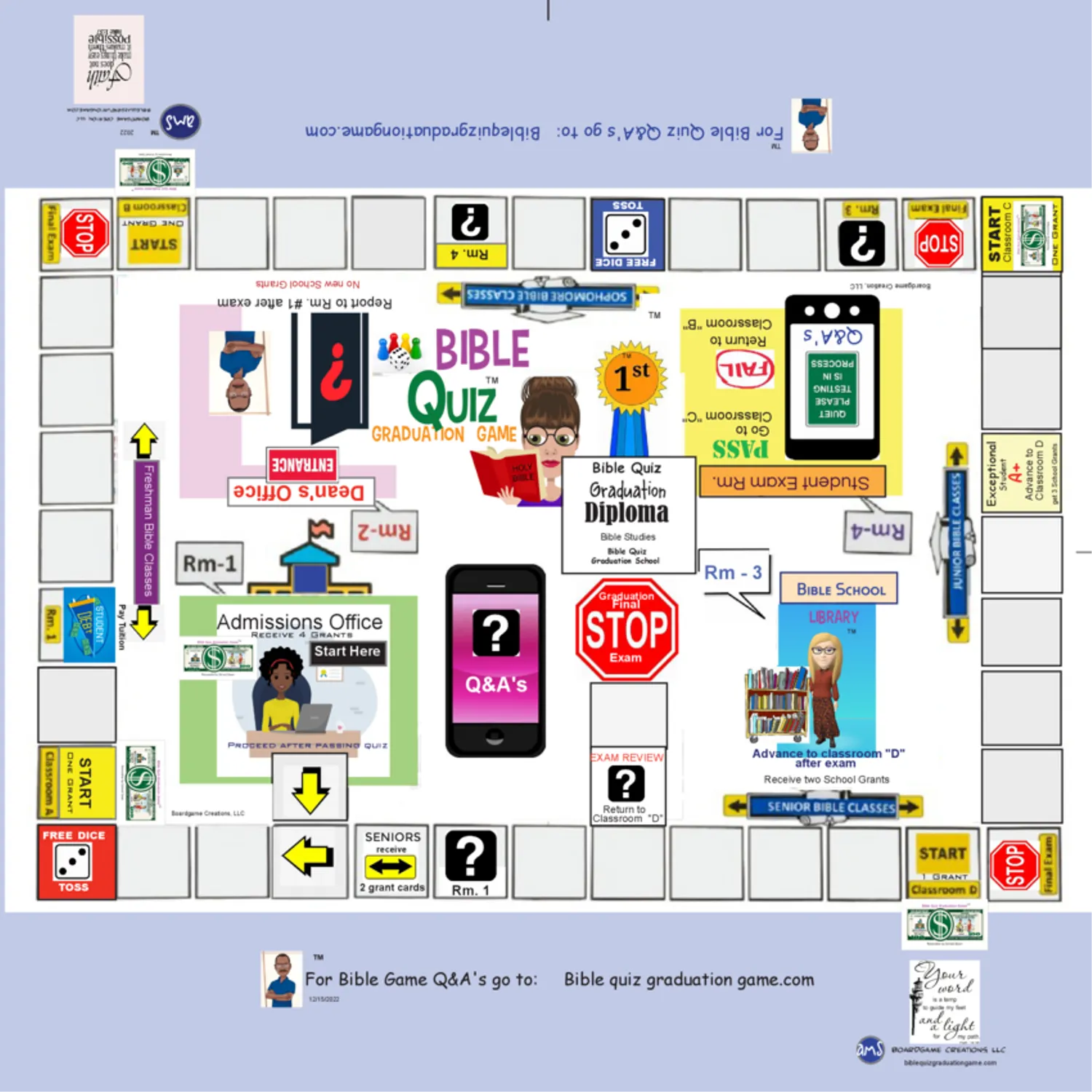
Educational games have emerged as a dynamic tool for enhancing learning experiences in classrooms and homes alike. By combining fun and education, these games engage learners of all ages, making the process of acquiring knowledge both enjoyable and effective. This article explores the benefits of educational games, different types, and tips for incorporating them into various learning environments.
The Benefits of Educational Games
1. Enhanced Engagement
One of the most significant advantages of educational games is their ability to capture learners' attention. Traditional teaching methods can sometimes lead to disengagement, especially among younger students. Educational games use interactive elements and challenges to keep learners motivated and involved, making them more likely to retain information.
2. Improved Retention
Games often provide a context for learning that helps reinforce concepts. When learners engage in gameplay that incorporates educational content, they are more likely to remember the material. The combination of competition, rewards, and immediate feedback can enhance memory retention, making it easier for students to recall information later.
3. Development of Critical Thinking Skills
Many educational games require players to solve problems, make decisions, and think critically. This process encourages learners to analyze situations, consider multiple perspectives, and strategize effectively. Such skills are invaluable not just in academics but also in everyday life.
4. Fostering Collaboration and Social Skills
Group-based educational games promote teamwork and cooperation. Students learn to communicate, share ideas, and work towards a common goal, fostering essential social skills. These collaborative experiences can help build positive relationships among peers and create a sense of community in the classroom.
5. Adaptability and Differentiation
Educational games can be tailored to meet diverse learning needs. Teachers can adapt games to suit various skill levels, ensuring that all students are challenged appropriately. This adaptability makes it easier to support learners with different abilities and learning styles.
Types of Educational Games
1. Board Games
Traditional board games can be modified to teach various subjects, from math and language arts to history and science. Games like Scrabble enhance vocabulary and spelling, while Monopoly can teach financial literacy and math skills. Many educational board games are designed specifically to align with curriculum standards.
2. Online Games and Apps
The rise of technology has led to a plethora of online educational games and apps. Websites like Kahoot! and Quizlet offer interactive quizzes and flashcards that make learning fun and engaging. These platforms often include features that allow teachers to track progress and assess understanding.
3. Role-Playing Games (RPGs)
Role-playing games immerse players in scenarios that require critical thinking and decision-making. Educational RPGs can simulate historical events, allowing students to explore different perspectives and understand complex issues. This experiential learning approach deepens comprehension and retention.
4. Simulation Games
Simulation games replicate real-world processes, enabling players to experiment and learn from their decisions. For example, games that simulate running a farm or managing a city can teach concepts related to economics, environmental science, and resource management.
5. Puzzles and Challenges
Puzzle-based games encourage problem-solving skills and logical thinking. These games can range from math puzzles to crossword puzzles that enhance vocabulary. They often promote independent thinking and can be used as supplementary materials in various subjects.
Tips for Incorporating Educational Games
1. Align with Learning Objectives
Ensure that the games you choose align with specific learning objectives. Identify the skills or concepts you want to reinforce and select games that effectively support those goals.
2. Create a Balanced Approach
While educational games are valuable, they should complement traditional teaching methods rather than replace them. A balanced approach that includes direct instruction, hands-on activities, and games can provide a well-rounded learning experience.
3. Encourage Reflection
After playing educational games, take time for discussion and reflection. Encourage students to share what they learned, how they approached challenges, and what strategies they found effective. This reflection reinforces learning and helps students articulate their understanding.
4. Foster a Positive Environment
Create a supportive atmosphere where students feel comfortable taking risks and making mistakes. Emphasize that the primary goal is learning, and celebrate efforts and achievements, regardless of the outcome.
5. Involve Parents and Guardians
Encourage parents to engage in educational games at home. Providing resources or recommendations can help families continue the learning process outside the classroom, reinforcing skills in a fun and interactive way.
Conclusion
Educational games are a powerful tool for enhancing learning experiences across various subjects and age groups. By making education engaging and enjoyable, these games can foster a love for learning and develop essential skills. Whether in the classroom or at home, incorporating educational games can transform the way students absorb information, making learning a rewarding and interactive journey. As educators and parents embrace the potential of play in education, they open doors to a world of knowledge and creativity.